
8 Subtle Bathroom Signs That Could Indicate Cancer — Don’t Ignore Them
Many types of cancer begin silently, with no pain or obvious warning.
However, your bathroom habits — particularly changes in your stool or urine — can reveal early clues that something is wrong.
Doctors warn that noticing these unusual signs early can make a life-saving difference, especially for cancers of the pancreas, colon, liver, kidney, or bladder.
“Cancer doesn’t always cause pain in its early stages. Sometimes, the first red flags are visible only in the bathroom,” explains Dr. James East, gastroenterologist at Mayo Clinic (2024).
Below are 8 warning signs you should never ignore when going to the toilet.
1️⃣ Floating or Greasy Stool – Possible Sign of Pancreatic Cancer
A 55-year-old man in Taiwan recently discovered early-stage pancreatic cancer after noticing that his stool floated and appeared oily.
According to Cancer Research UK, this condition — called steatorrhea (fatty stool) — happens when the pancreas fails to produce enough digestive enzymes to break down fat.
💬 “If you notice that your stool is pale, greasy, foul-smelling, and hard to flush away, it could mean your pancreas is blocked by a tumor,” warns Cancer Research UK (2024).
Other signs may include:
-
Sudden weight loss
-
Loss of appetite
-
Yellowing of skin or eyes (jaundice)
2️⃣ Red-Colored Stool – Possible Colorectal Cancer
Bright red stool may be caused by certain foods (like beets) or hemorrhoids — but it can also be an early sign of colorectal cancer.
When tumors form in the colon or rectum, they can bleed into the digestive tract, tinting the stool red.
The American Cancer Society (ACS, 2024) reports that blood in the stool is among the top three early symptoms of colorectal cancer, alongside chronic diarrhea, constipation, or unexplained fatigue.
3️⃣ Dark or Maroon Stool – Possible Colon or Intestinal Bleeding
Very dark or maroon-colored stool may signal bleeding higher up in the digestive tract — such as in the colon or small intestine.
This can result from conditions like colon cancer, diverticulitis, or inflammatory bowel disease (IBD).
“When stool appears tar-like or black, it often means blood has been digested — a serious sign that requires immediate medical testing,” says Dr. Kelly Poch, Cleveland Clinic (2023).
4️⃣ Black Stool – Possible Stomach or Esophageal Cancer
While black stool can sometimes result from iron supplements or blackberries, it may also indicate upper gastrointestinal bleeding caused by stomach ulcers or even gastric cancer.
As blood travels through the digestive system, it turns dark due to digestive enzymes — giving stool its black appearance.
If you notice persistent black stools, consult a doctor immediately for an endoscopy or fecal occult blood test (FOBT).
5️⃣ Painful Urination – Possible Prostate or Kidney Cancer
Sharp pain or burning during urination may be linked to urinary tract infections, but it can also be a sign of prostate or kidney cancer, especially in men over 40.
In these cancers, tumors can obstruct urinary flow or press on the urinary tract, causing discomfort.
Mayo Clinic (2024) notes that “persistent pelvic or urinary pain, especially when combined with blood in the urine, warrants immediate medical evaluation.”
6️⃣ Foamy Urine – Possible Kidney Damage or Kidney Cancer
Foamy or bubbly urine often indicates excess protein being lost through the kidneys — a condition called proteinuria.
This can occur when the kidneys’ filtering function is damaged by cancerous growths or chronic kidney disease.
Other causes include dehydration or diabetes, but persistent foamy urine requires a urinalysis to rule out serious conditions.
According to National Kidney Foundation (2023), prolonged proteinuria can signal kidney tumors or advanced renal disease.
7️⃣ Brown or Tea-Colored Urine – Possible Liver or Gallbladder Cancer
When urine turns dark brown or “cola-colored,” it may indicate a liver problem such as hepatitis, cirrhosis, or liver cancer.
This occurs because damaged liver cells release bilirubin, a yellow-brown pigment, into the bloodstream and eventually into urine.
World Health Organization (WHO, 2024) warns that chronic liver inflammation and high bilirubin levels are often linked to hepatocellular carcinoma (primary liver cancer).
8️⃣ Blood in Urine – Possible Bladder or Prostate Cancer
If your urine appears pink, orange, or red — and especially if you notice blood clots — it could mean a tumor has ruptured in the urinary tract.
This is a hallmark sign of bladder cancer or advanced prostate cancer.
Men are particularly at risk, especially those who smoke or work in chemical industries.
American Urological Association (2023): “Even a single episode of visible blood in the urine should not be ignored — it warrants immediate medical investigation.”
⚕️ When to See a Doctor
You should consult a physician if you experience any of the following for more than a few days:
-
Persistent changes in bowel or urination habits
-
Blood in stool or urine
-
Unexplained fatigue or weight loss
-
Chronic abdominal pain
Recommended tests may include:
-
Fecal occult blood test (FOBT)
-
Colonoscopy or endoscopy
-
Abdominal ultrasound or CT scan
-
Liver and kidney function tests
-
Urine culture or cytology
Early detection increases survival rates dramatically.
For instance, Cancer Research UK (2024) reports that pancreatic cancer survival rates can double when diagnosed at stage I instead of stage IV.
💡 Final Thoughts
Your body often whispers before it screams.
Changes in your stool or urine may feel embarrassing to discuss — but they can be the first life-saving clues of internal disease.
Trust your instincts.
If you notice unusual color, consistency, or pain when using the bathroom — get checked early, not late.
Because sometimes, a trip to the doctor today can save your life tomorrow.
News in the same category


People deeply disturbed as Amazon announce new dystopian way to track its drivers

3 Surprising Health Benefits of Using a Bidet — for You and the Planet

The Two Golden Times of Day to Drink Roasted Black Bean Water — A Small Habit With Big Health Benefits
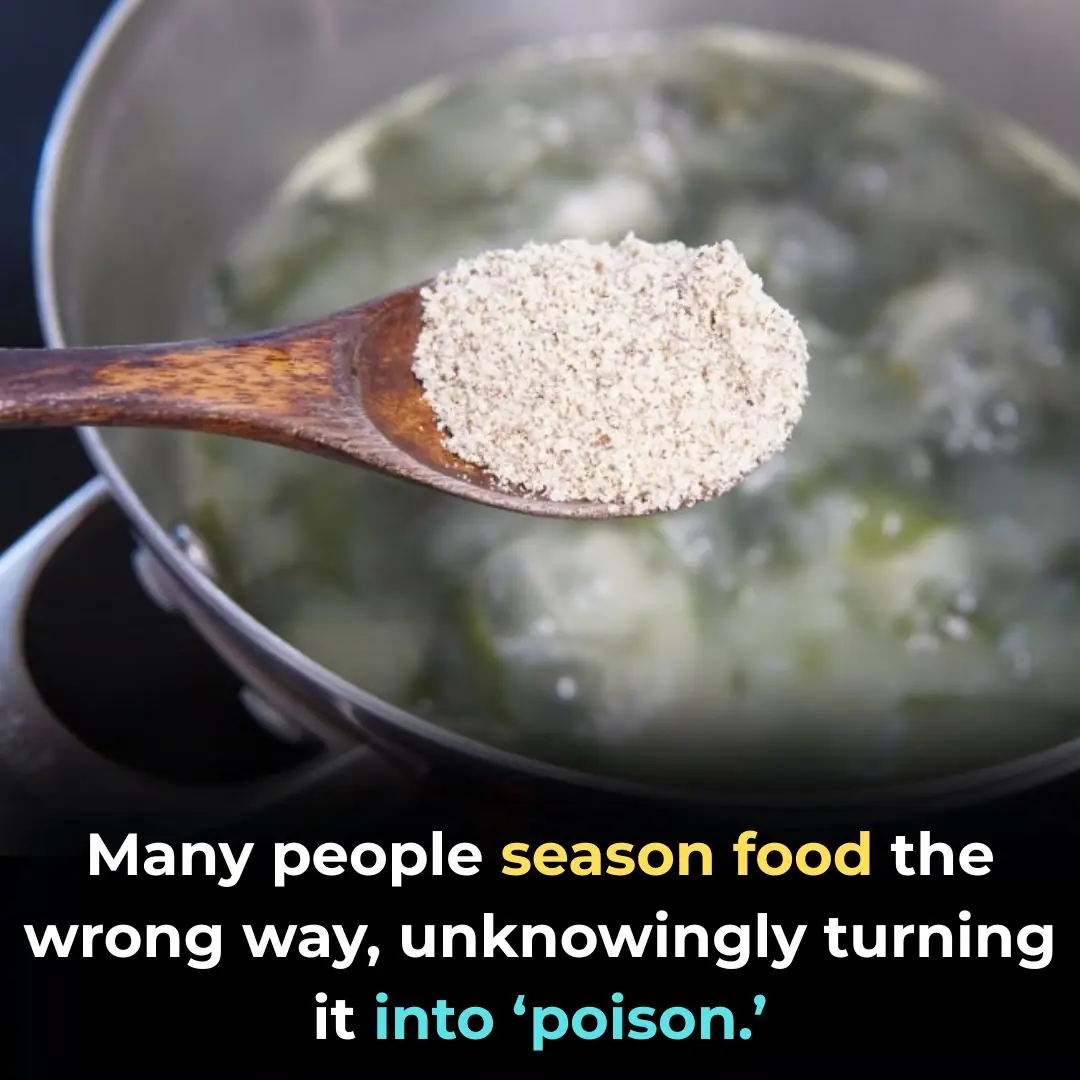
Millions Are Seasoning Food the Wrong Way — Making Meals Less Tasty and Potentially Toxic

8 Types of Women Most at Risk for Breast Cancer — Are You One of Them?

Previously Homeless Veteran and Mother of 6 Becomes A First-Generation College Graduate

Baileigh Sinaman-Daniel Makes NCAA History as First One-Armed Women’s Basketball Player to Score in a Game

California Teen Goes From Compton To Harvard To Oxford As A Rhodes Scholar

Meet The 26-Year-Old Who Became A Rocket Scientist After She Was Enrolled In An Honors Math Class By Mistake

26-Year-Old Entrepreneur Makes History As Owner Of First Black Woman-Owned Tequila Brand In Texas

Michelle Obama & Brother Craig Robinson to Launch New Podcast Giving Their Opinions on Everyday Life

Lori Loughlin Could Get Nothing From 1997 Prenup That Shields Designer Husband’s $100M Fortune

20-Year-Old Man Suffers Acute Kidney Failure After Eating 30 Grilled Oysters — Doctors Reveal the Shocking Cause

How to Clean Moldy Refrigerator Gaskets — Sparkling Clean in Just 5 Minutes

Elon Musk's ex Grimes reveals controversial face tattoo she spent 10 years 'emotionally' working up to

Justin Bieber announces 'wild' tech career move that could earn him millions
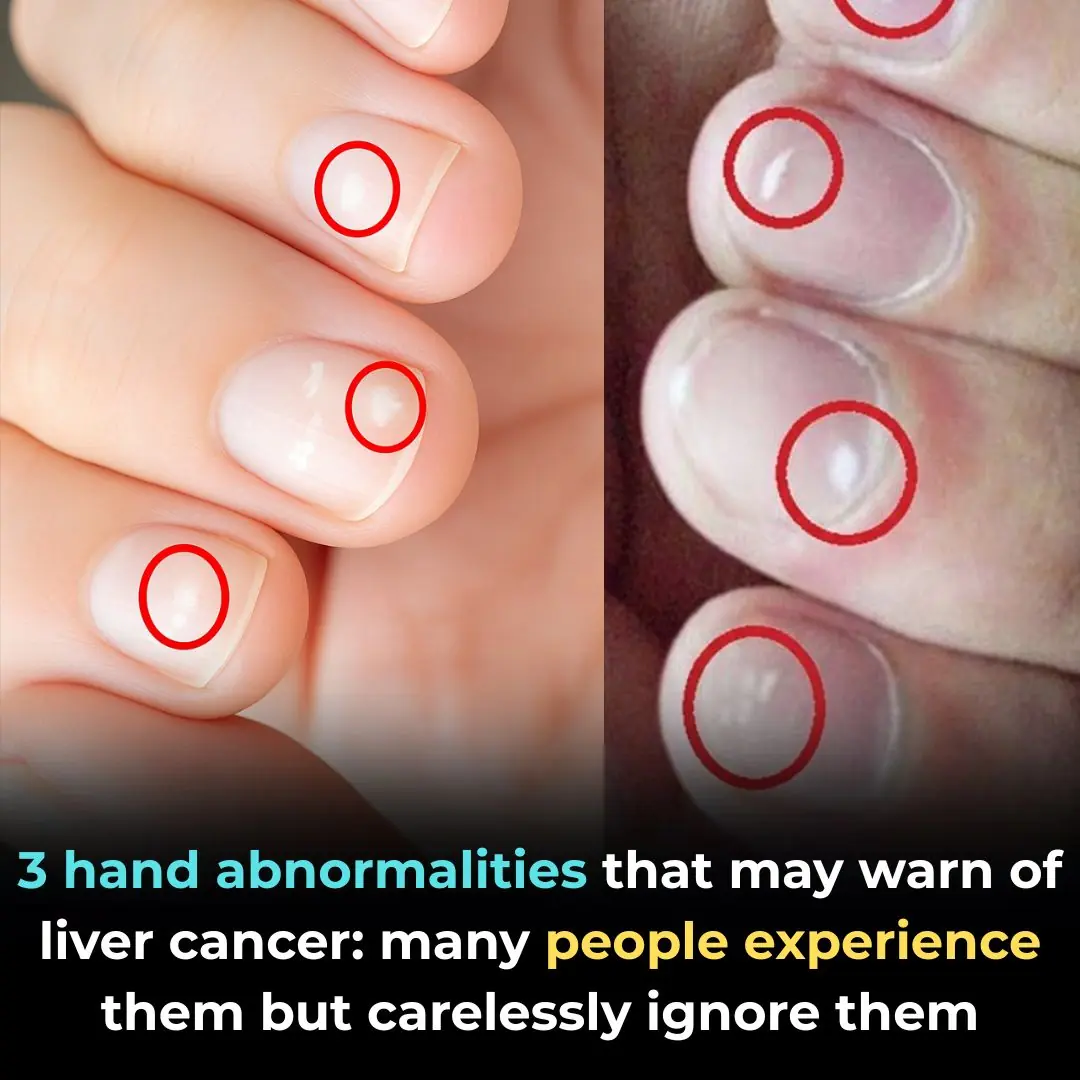
3 Unusual Signs on Your Hands That Could Signal Liver Cancer

I Just Learned That Adding a Drop of Medicated Oil to Laundry Water Has So Many Benefits
News Post

A Ride to Remember: Officer Helps Teen Reach His Graduation Just in Time.

Don’t Make Your Bed As Soon As You Get Up

Hotel Room Red Flags You Should Never Ignore

When your dog looks at you for a long time, here's what it means according to experts...

Unlock the Golden Magic of Corn Silk Tea

Braised meat with this type of leaf, the meat will turn golden brown, soft and melt in the mouth, without having to work hard to caramelize it with sugar.
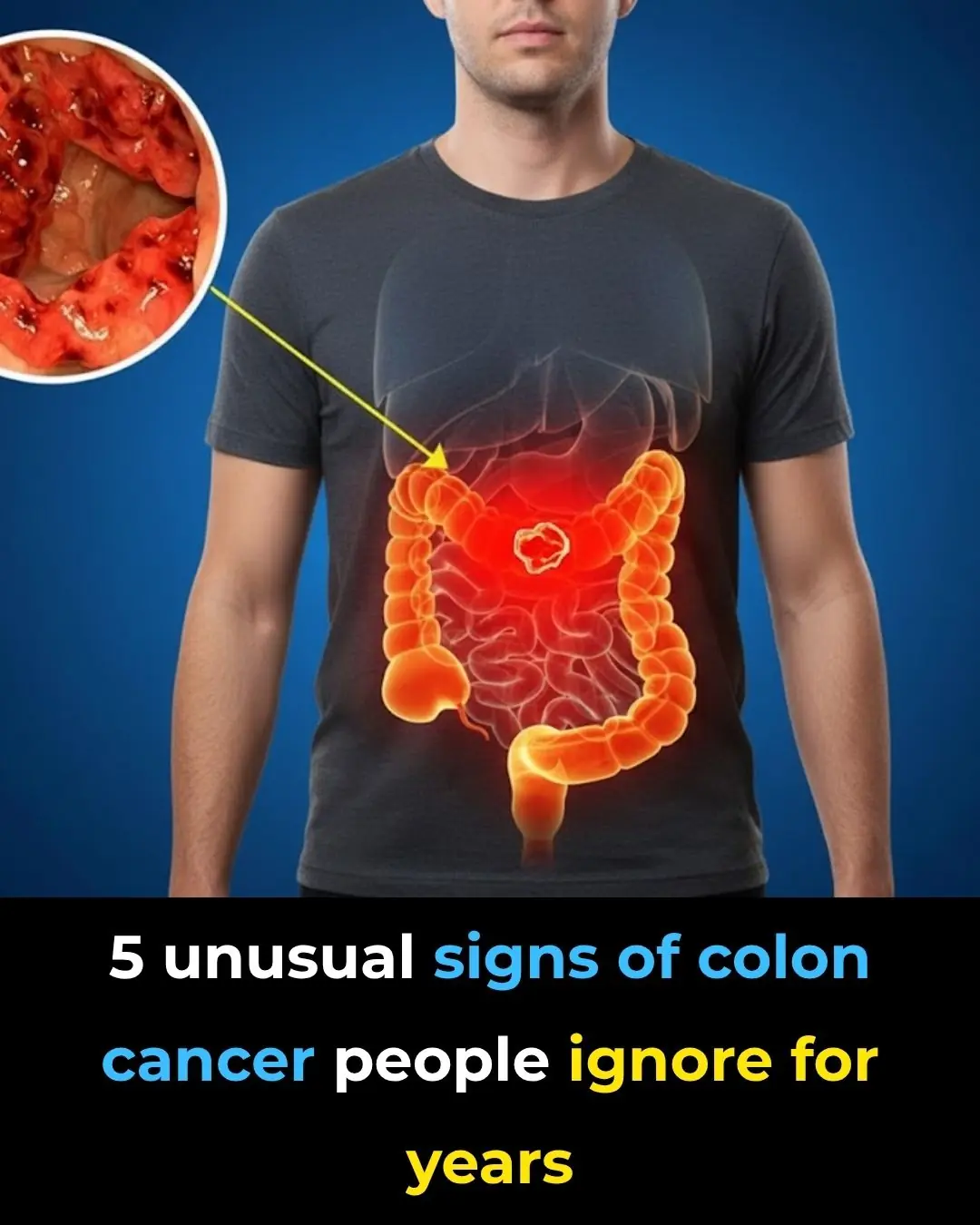
🚨 The Silent Danger: Early Signs and Prevention of Colorectal Cancer
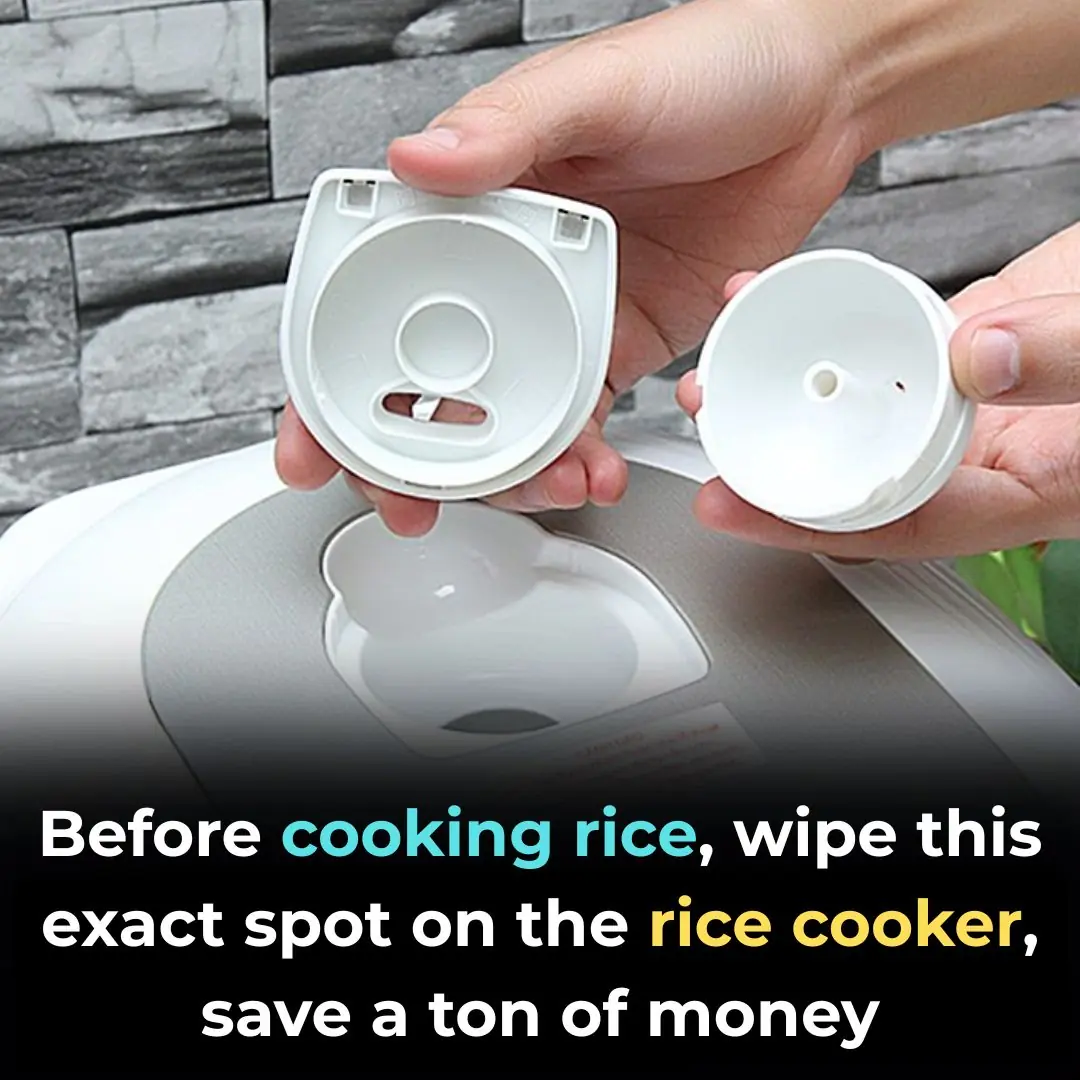
Before cooking rice, wipe this exact spot on the rice cooker, save a ton of money

Make rice vinegar at home with only 3 ingredients, delicious and safe

Tips to remove grease from an air fryer using ingredients available at home, surprisingly effective

The shocking truth about blocked arteries—it’s NOT just fatty foods!

— How perfectly timed your inheritance is! My sister could really use an apartment right now,” the husband said with delight

Why should you throw a water bottle under the bed when checking into a motel or hotel?
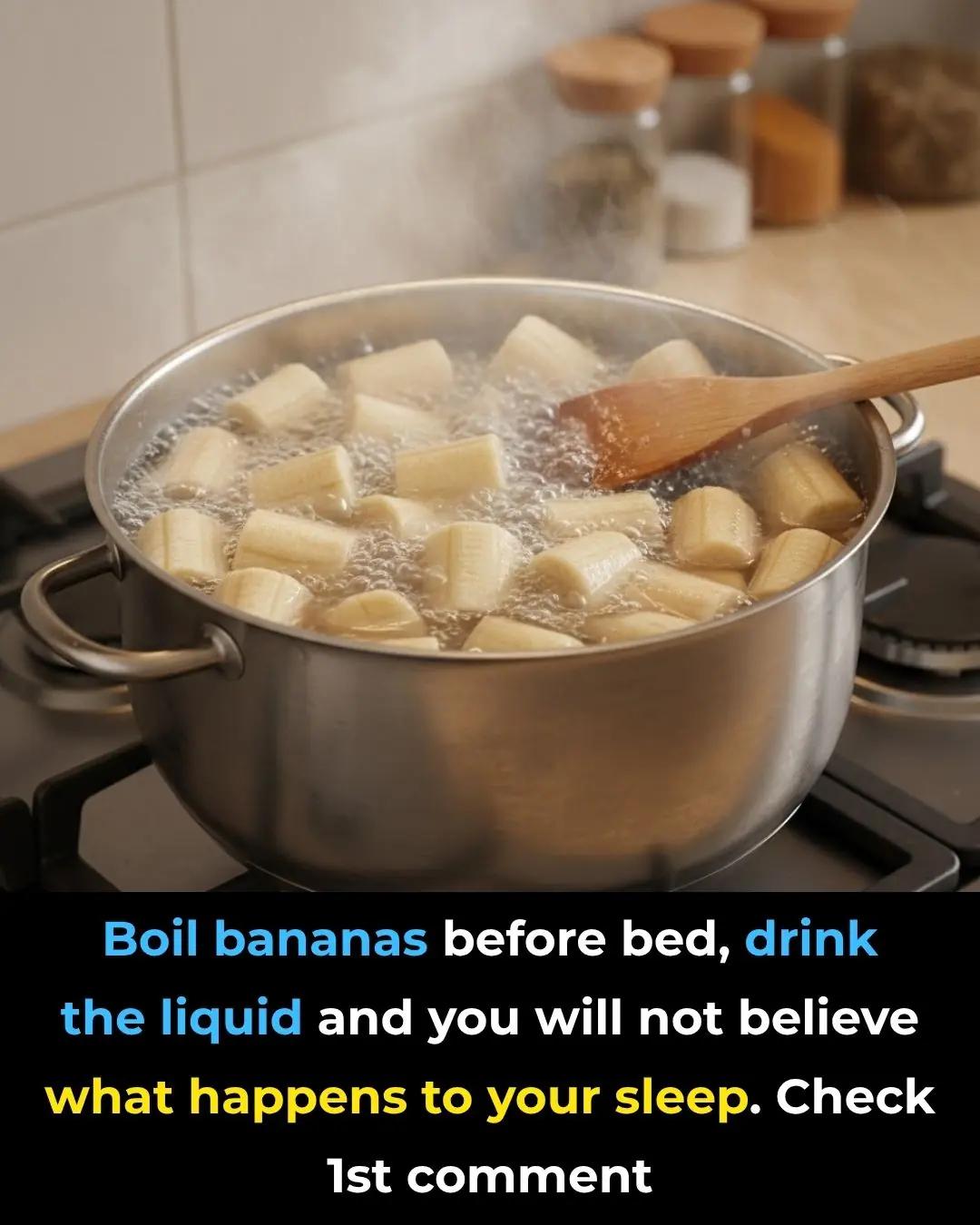
Boil bananas before bed, drink the liquid and you will not believe what happens to your sleep

Bitter Taste In Your Mouth Discover Most Common Cause

Scientists finally reveal if pouring coffee down drain harms environment after woman fined $200

People deeply disturbed as Amazon announce new dystopian way to track its drivers

My Mother-in-Law Destroyed My Daughter’s Flowers While We Were Away — I Made Her Pay Back in a Way She’d Never Seen Coming

My Unfaithful Husband Never Expected That a Simple Box of Pizza Would Expose His Secret
